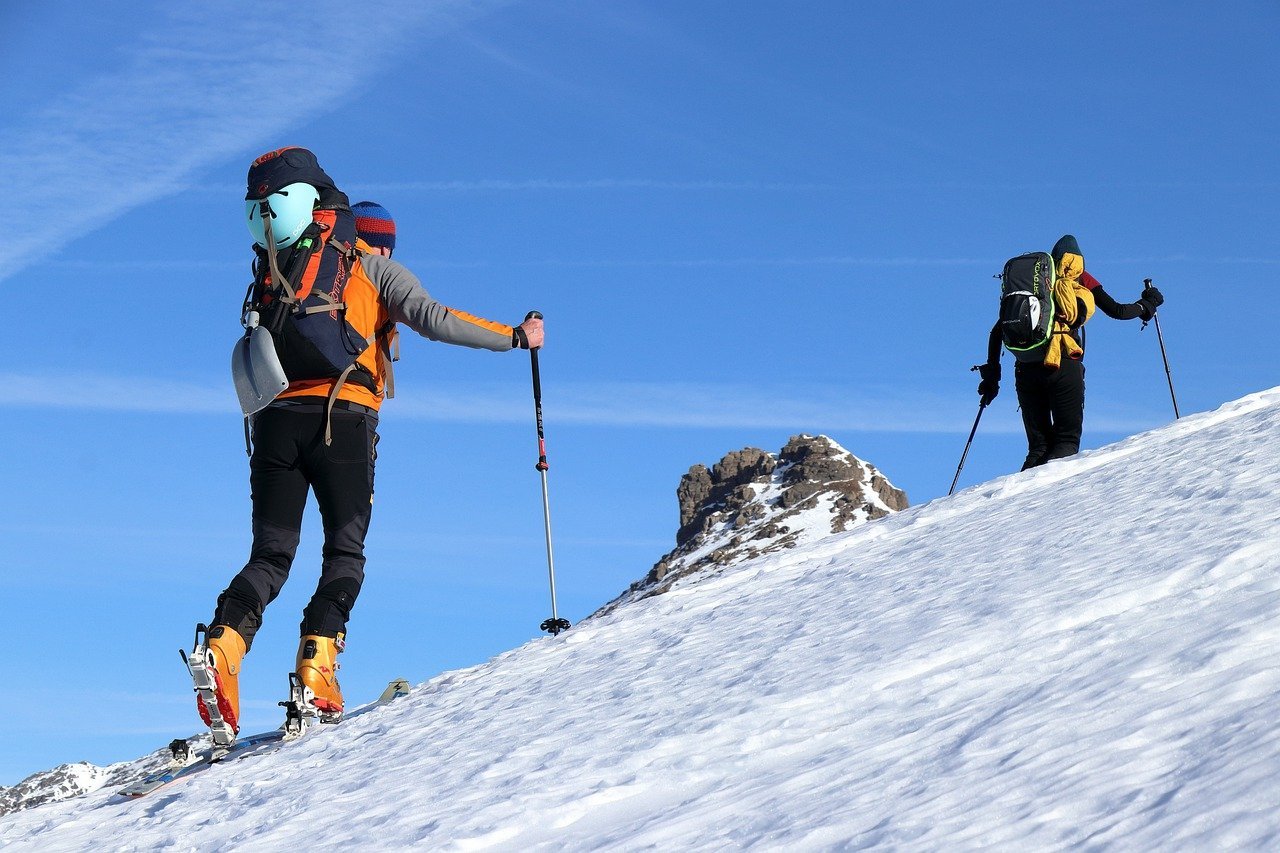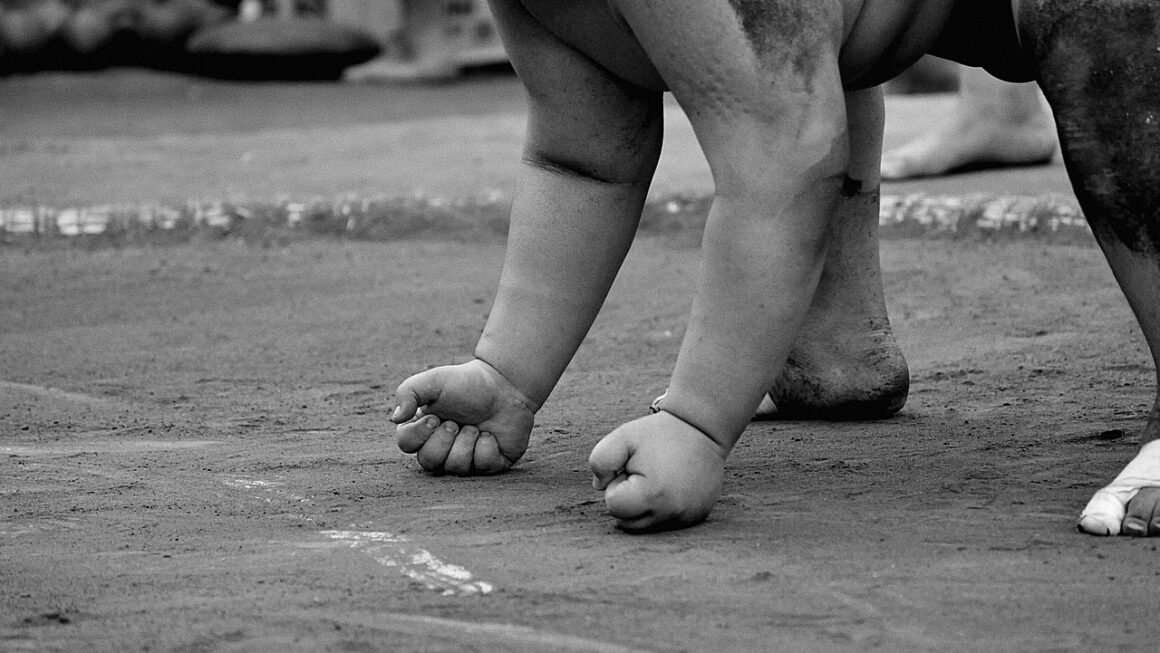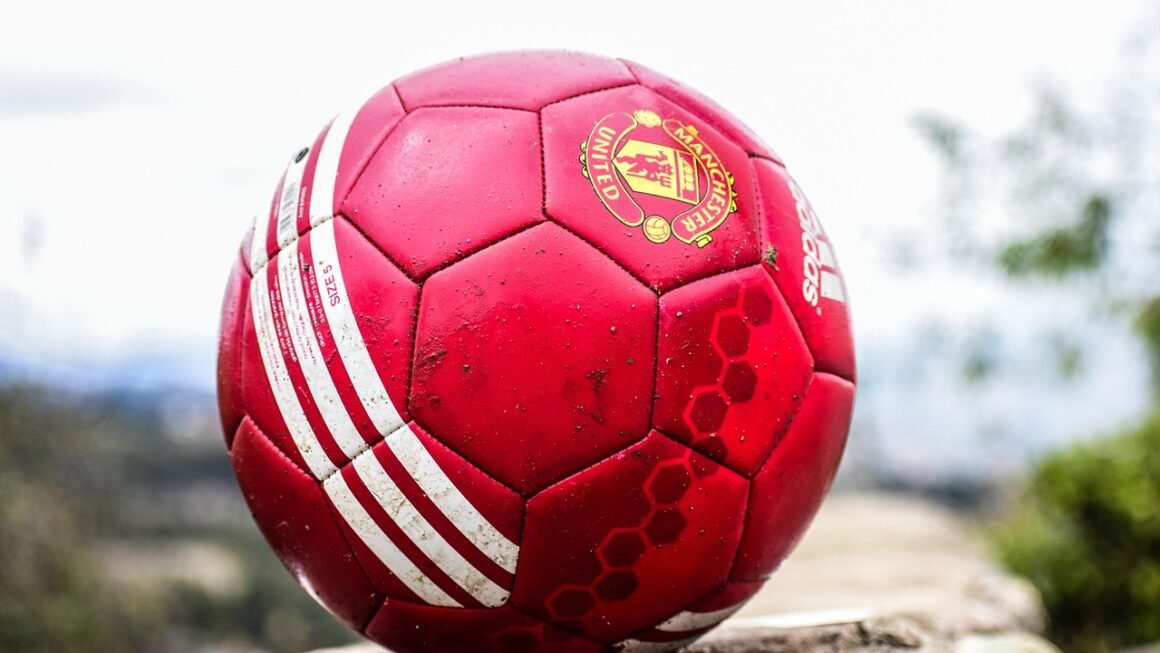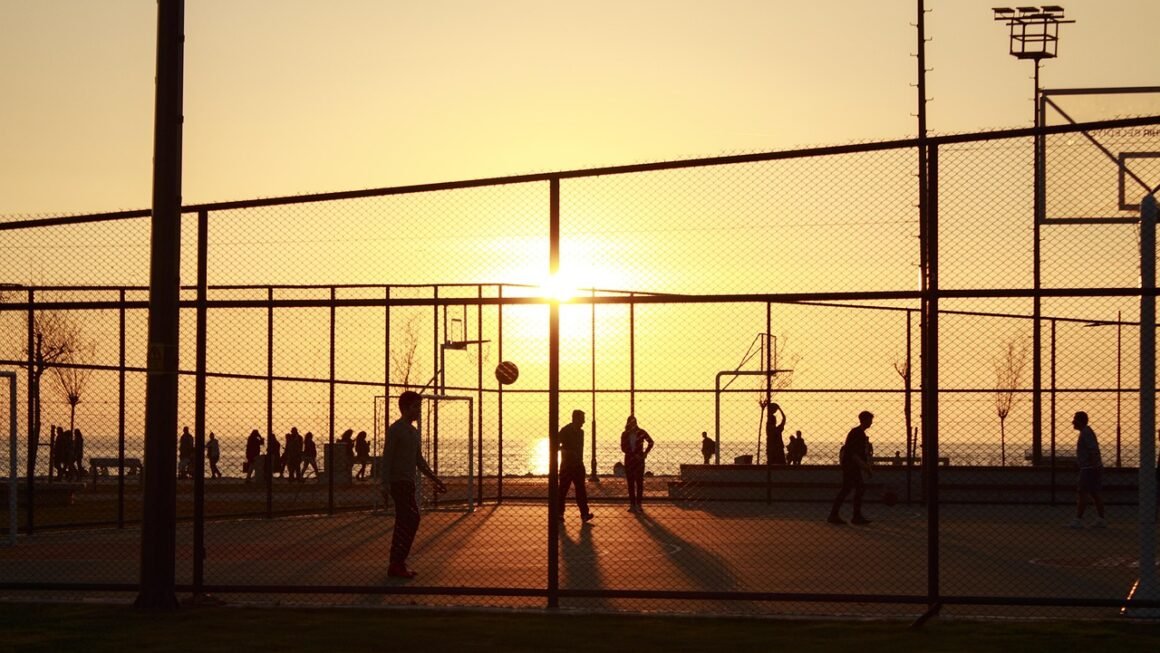Surfing. The word conjures up images of sun-drenched beaches, powerful waves, and the feeling of gliding effortlessly across the water. More than just a sport, it’s a lifestyle, a connection with nature, and a challenge that draws enthusiasts from all corners of the globe. Whether you’re dreaming of catching your first wave or looking to refine your skills, this guide will provide a comprehensive overview of surfing, covering everything from the basics to advanced techniques, and help you understand why this sport is so captivating.
Understanding the Fundamentals of Surfing
What is Surfing?
Surfing is a water sport where individuals ride a moving wave, typically on a surfboard. The aim is to stay balanced on the board as the wave carries you towards the shore. While it sounds simple, surfing involves a complex interplay of balance, coordination, timing, and wave knowledge. Beyond the physical aspects, surfing cultivates a unique relationship with the ocean, demanding respect and awareness of its power.
Essential Equipment for Surfing
Having the right gear is crucial for a safe and enjoyable surfing experience. Here’s a breakdown of the essentials:
- Surfboard: The most important piece of equipment. Beginner surfboards are typically longer and wider for stability, while experienced surfers often opt for shorter, more maneuverable boards. Common types include:
Longboards: Ideal for beginners and smaller waves.
Funboards: A versatile option for intermediate surfers.
Shortboards: Designed for performance surfing in larger waves.
- Leash: A cord that connects the surfboard to your ankle, preventing it from drifting away after a wipeout.
- Wetsuit: Provides insulation in colder water temperatures. Choose a wetsuit thickness appropriate for the water temperature. For example, a 3/2mm wetsuit is suitable for water temperatures between 60-70°F (15-21°C).
- Surf Wax: Applied to the deck of the surfboard to provide traction and prevent slipping.
- Rash Guard: A close-fitting shirt that protects your skin from chafing and the sun.
- Sunscreen: Essential for protecting your skin from harmful UV rays.
Understanding Wave Dynamics
Understanding how waves form and break is fundamental to surfing. Waves are created by wind transferring energy to the water. Key wave characteristics include:
- Wave Height: The vertical distance between the crest (highest point) and the trough (lowest point) of the wave.
- Wavelength: The horizontal distance between two successive crests or troughs.
- Wave Period: The time it takes for two successive crests or troughs to pass a fixed point.
- Breaking Waves: Waves break when the water depth decreases, causing the wave to steepen and eventually collapse. Different types of breaks include:
Beach Breaks: Break over sandy bottoms.
Point Breaks: Break along a point of land.
Reef Breaks: Break over coral reefs or rock formations.
Getting Started: Your First Surfing Lesson
Finding the Right Instructor
Taking a lesson from a qualified surf instructor is highly recommended for beginners. A good instructor will:
- Teach you the basics of paddling, popping up, and maintaining balance.
- Provide guidance on choosing the right equipment.
- Explain ocean safety and etiquette.
- Offer personalized feedback to help you improve.
Look for instructors certified by reputable organizations like the International Surfing Association (ISA).
The Learning Process: From Land to Sea
A typical surf lesson will involve:
- Land-Based Instruction: Learning the proper pop-up technique and practicing on the sand.
- Ocean Safety Briefing: Understanding potential hazards such as currents, rips, and marine life.
- Paddling Practice: Mastering the paddling technique to efficiently catch waves.
- Wave Selection: Learning to identify suitable waves for beginners.
- Pop-Up Practice in the Water: Attempting to stand up on the board as the instructor pushes you into a wave.
Key Skills to Master Early On
- Paddling Effectively: Proper paddling technique is crucial for catching waves. Use long, smooth strokes and keep your head up.
- Popping Up Smoothly: Practice the pop-up technique repeatedly on land until it becomes second nature. The goal is to transition from lying down to a standing position in one fluid motion.
- Maintaining Balance: Start with a wide stance and keep your knees bent for stability. Look in the direction you want to go.
Intermediate Surfing Techniques
Improving Your Paddling and Positioning
As you progress, focus on refining your paddling technique and positioning. This involves:
- Paddling Faster: Generating more power with each stroke by engaging your core muscles.
- Positioning Correctly: Understanding where to sit in the lineup to catch the best waves. Consider factors like swell direction, current, and other surfers.
- Reading the Ocean: Learning to anticipate wave sets and identify peaks.
Turning and Maneuvering
Once you can stand up consistently, you can start learning basic turns:
- Bottom Turn: A turn at the bottom of the wave to set up for a more advanced maneuver. Shift your weight to your heels to turn towards the wave’s face.
- Top Turn: A turn at the top of the wave, often used to redirect your board back towards the power zone.
- Cutback: A sharp turn that redirects the board back towards the breaking part of the wave.
Understanding Different Surf Conditions
- Tidal Influences: Tides can significantly affect wave quality and size.
- Swell Direction: The direction from which the swell is approaching. Different swell directions favor different surf breaks.
- Wind Conditions: Offshore winds are generally favorable for surfing, as they groom the waves. Onshore winds can create choppy conditions.
- Local Weather Patterns: Understanding the local weather patterns can help you predict surf conditions.
Surfing Safety and Etiquette
Ocean Safety
- Rip Currents: Learn how to identify and escape rip currents. If caught in a rip current, swim parallel to the shore until you are out of the current, then swim towards the shore.
- Marine Life: Be aware of potential hazards such as jellyfish, sharks, and sea urchins.
- Weather Conditions: Check the weather forecast before heading out and be prepared for changing conditions.
- Personal Fitness: Be in good physical condition and know your limits.
Surfing Etiquette
Surfing etiquette is essential for maintaining a safe and respectful environment in the water.
- Right of Way: The surfer closest to the peak of the wave has the right of way.
- Don’t Drop In: Don’t paddle into a wave if someone is already riding it.
- Paddle Wide: When paddling back out, paddle wide of the lineup to avoid interfering with other surfers.
- Communicate: Communicate with other surfers in the water.
- Respect the Locals: Be respectful of the local surfing community.
- Clean Up: Leave the beach cleaner than you found it.
Conclusion
Surfing is a challenging and rewarding sport that offers a unique connection with the ocean. Whether you’re a beginner taking your first lesson or an experienced surfer chasing the perfect wave, understanding the fundamentals, mastering the techniques, and respecting the ocean are key to a fulfilling surfing experience. Embrace the journey, be patient with yourself, and enjoy the ride!



